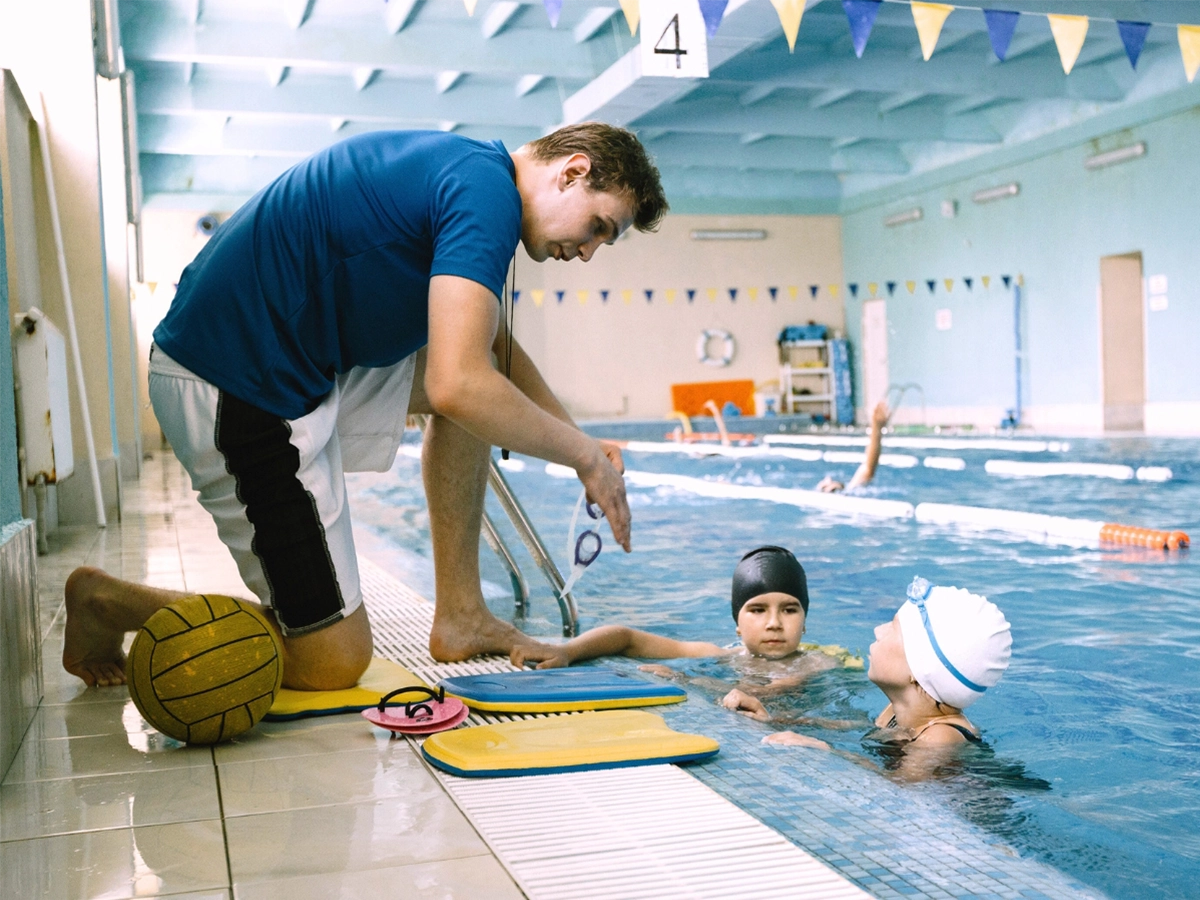When we were kids, I don’t remember that getting enough Vitamin D was an issue. In fact, my mother had to drag us in from the yard so we could have our dinner. And in the summer time, we would rush back out after our meal to continue to play – even as the sun faded – watching bats come out at dusk and chasing lightning bugs at dark. Our outside time was plenty to supply the Vitamin D that our bodies needed.
Today kids often spend their after school time playing computer games or watching TV – instead of enjoying the fresh air and sunshine that outside play provides. It should be no surprise then that during the past five years, the number of children with vitamin D deficiency has increased by more than 200 percent. (This is according a study by the United Kingdom-based public-awareness campaign Vitamin D Mission.)
The fact that kids aren’t going outside as much is likely the main cause but a contributing factor could also be the extensive use of sunscreen (which is very important for its own reasons.
So parent must consider all of these “facts” as they consider whether there kids are getting enough Vitamin D.
About Vitamin D
What we call Vitamin D isn’t a vitamin at all (notes Maria Kennedy, a dietitian and nutritionist in Cary, NC.) It’s actually a hormone and it makes things happen in our bodies.
Scientists believe Vitamin D’s “process” works this way:
Skin contains a substance called provitamin D and when it is exposed to sunlight, provitamin D begins to change into Vitamin D. But that isn’t the end of it. Vitamin D has to be “activated” so it can move to the liver and undergo a chemical change. After changing, the Vitamin D goes through the bloodstream to the kidneys, where it goes through another change and finally becomes the active form of Vitamin D that our bodies can use.
Vitamin D is important for several things:
- Maintaining good bone health
- Absorbing calcium
- Boosting the immune and nervous systems
- Helping to battle diseases like cancer, cardiovascular disease and multiple sclerosis
Not getting enough Vitamin D therefore produces deficiency. And that deficiency can cause bones to become soft and weak (rickets).
It is important for kids to get enough Vitamin D during periods of rapid growth. So checking on this especially during their first year and during adolescence is critical.
Getting Vitamin D
Kennedy notes that the sun is still the main vehicle for delivering Vitamin D to our bodies but there are also some foods that can help.
Fatty Fish are great sources of Vitamin D but there are many kids that just love themselves some fatty fish. Beef liver is another source but many adults don’t even want to eat that.
So what are alternative foods that we do want to eat?
- Fortified milk (Skim milk lacks the fat that Vitamin D needs to work in your body so it is best to drink at least 1% percent milk)
- Cheese
- Egg yolks
- Some mushrooms (Portabello)
- Fortified whole grain cereals
- Pork (extra lean ham)
- Orange juice (Vitamin D is often added to OJ)
Daily D Dosage
It doesn’t take lots of effort to give kids “enough” Vitamin D.
Infants up to 12 months old need 400 IU daily. Typically formula fed to infants is fortified with the correct amount of vitamin D. But you can check the label to be sure. If nursed, the infant should be given a supplement because it is not present in breast mild. You can do this easily with liquid Vitamin D supplement.
For kids older than age 1 and adults up to age 70, the recommended daily allowance is 600 IU.
It is entirely possible to get plenty of Vitamin D from the sun without spending the entire day outside or putting yourself at risk of sunburn. It’s not like you have to stand in direct sunlight for several hours. The ultraviolet radiation waves known as UVB start Vitamin D formation. Those waves shine down best at noon and it only takes about 20 minutes of exposure during this peak time (without sunscreen) for the body to make vitamin D and store it.
And yes, we said “store.” The body stores Vitamin D so it can build up a supply during summer time when more time is spent outside. The typical summer allows the body’s fat cells to store enough Vitamin D to last through winter when there is less time for sunshine and less accommodating weather for outdoor activities.
Enough D IS Enough
Follow guidelines closely.
Use only the dropper that comes with the bottle of Vitamin D to avoid toxicity (this comes directly from the FDA)
Measure accurately take only recommended amounts of Vitamin D. Since this is not a water-soluble element, it is possible to “overdose” and overload the kidneys.
If sunscreens were perfect, they would protect us from skin cancer AND allow us to absorb Vitamin D. But alas, they aren’t perfect. So the best way to do both is to use sunscreen while exposed to the dun but to make sure that there is enough time spent outside to maximize the chance that adequate amounts of Vitamin D are being absorbed. Remember that it doesn’t take hours – just a few minutes a day works!
Signs of Deficiency
Vitamin D deficiency isn’t easy to spot, but if kids have leg or knee pain and getting sick more often than other kids, it may be time for that child to be checked by a pediatrician. It just takes a simple blood test.
Source: Charlotte Parent Magazine














